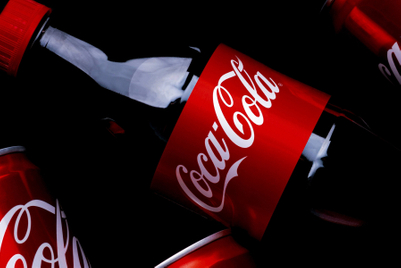
Coca-Cola has dropped out of the top 10 brands in the world for the first time in the company’s history as consumers opt for healthier drinks and new technology companies enjoy an increase in their brand values.
In annual analysis of the top 500 global brands by Brand Finance, Coca-Cola suffered the second largest fall in the value during the year - slumping US$9 billion to US$25.8 billion - sliding from third to 16th. Branding accounts for 80 per cent of Coca-Cola’s value. And, faced with an increasingly health conscious consumer, Coca-Cola may be its own worst enemy with the production of lower sugar variants such as Coke Light, Coke Zero and Glaceau Vitaminwater, which proclaims fruit, vegetable and other nutritious content, and is proving to be a highly visible rival to it’s parent brand. So what’s the solution?
Brand health diagnosis
Tim Riches, chief growth officer Asia-Pacific, FutureBrand
First, it’s true consumers are becoming more health conscious.
Coke, with its ‘better for you’ variants has been playing its part in this shift. Coke Light and Coke Zero rely, in a way, on an implicitly unfavourable comparison with Coca-Cola.
Secondly, one must accept that inherently unhealthy categories have to own a clear ‘treat’ or ‘indulgence’ proposition to consumers in exchange for the negative effect on their health, which necessarily entails moderation of consumption. But just because consumption is more moderate doesn’t mean the brand is less valued. Quite the opposite, perhaps. If drinking a Coke is a ‘treat’ then we must accept lower volume, and aim for greater emotional value placed on
the moment.
Third, on the topic of emotional connection, the question of course is what is the basis of Coke’s emotional connection? One of the characteristics of our region is a sense of optimism - the belief that tomorrow will be better than today. This is crucial for Coke, and creates a context for the brand to leverage its credentials as part of the ‘pursuit of happiness’. Even the Chinese government has adopted that as its current mantra, so surely the brand’s future Asian prospects at least are looking good.
Simeon Mellalieu, general manager Hong Kong, Ketchum
I see some inevitability in Coke’s fall from the Top 10.
Over the past decade technology brands have successfully interwoven themselves into the very fabric of modern society.
While Coke may have positioned itself on fun and togetherness for many, many years, this is now a far more tangible brand attribute in a smartphone than it is in a soft drink.
Coke’s reported overall brand decline probably has more to do with a perceived lack of innovation.
Whereas PepsiCo has diversified into snacks and other food products, Coke is still seen largely as only a carbonated beverage, despite the fact that it has over 3,500 different brands around the world, spanning juices, coffees and bottled water.
Perhaps it’s been a victim of its own historical branding success as Coke’s key products are all consumers really associate with.
If Coke does have a stronger fan-base in Asia it better be prepared as it is inevitable that the region’s rapidly growing middle-class will soon value aspirational global technology brands more highly than an off-the-shelf beverage product.
For discrepancies in the relevance to consumers around the world of the Coke brand to be short-lived, Coke will need to find new ways to connect with target consumers in an authentic way.
This article was originally published in the May issue of Campaign Asia-Pacific.





.jpg&h=268&w=401&q=100&v=20250320&c=1)



